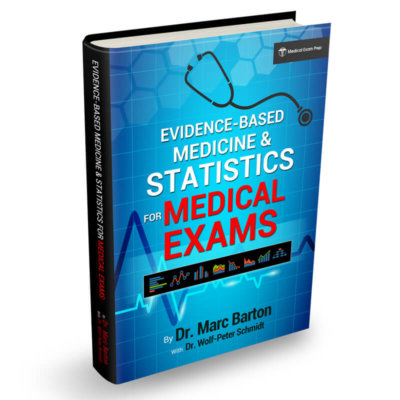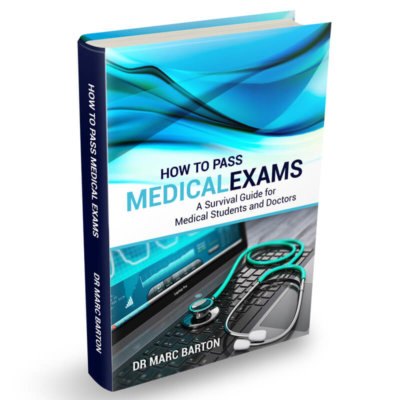As a medical student or doctor facing exams, one of the common formats you will encounter is the Single Best Answer (SBA) question. These questions are designed to test your knowledge, clinical reasoning, and decision-making skills by asking you to choose the most appropriate answer from several options.
What are SBA Questions?
SBA questions typically present a clinical scenario followed by a question and multiple answer options. Your task is to identify the single best answer among them. Unlike multiple-choice questions, where several options might be partially correct, SBA questions have one most appropriate answer that stands out based on the given scenario.
Here is a classic example of an SBA question:
A 34-year-old woman presents with gradually worsening shortness of breath on exertion that has been ongoing for the past three weeks. The breathlessness is worse when lying flat, and she has noticed her ankles have become swollen. This morning, she had a small amount of haemoptysis. She is currently 26 weeks pregnant, and her pregnancy is progressing normally. On examination, you note that she has a tapping apex beat and a low-volume pulse. On auscultation, you note a loud first heart sound and a mid-diastolic murmur at the apex.
What is the SINGLE most likely diagnosis?
- Pulmonary embolus
- Mitral regurgitation
- Aortic regurgitation
- Mitral stenosis
- Infective endocarditis
Answer: D. Mitral stenosis
Our Top Ten Tips for Tackling SBA Questions
- Read the Question Stem Thoroughly
Carefully read the clinical scenario and question stem. Pay attention to key details such as patient history, symptoms, and any specific terms used. Misinterpreting these details can lead to incorrect answers.
- Identify Key Information
Highlight or jot down critical pieces of information. This can include patient age, gender, medical history, symptoms, and test results. Understanding these details will help you narrow down the options.
- Consider All Options Before Choosing
Even if you think you know the answer immediately, review all the options provided. Sometimes, an initial impression can be misleading. Ensure you understand why each choice is correct or incorrect based on the scenario.
- Use a Process of Elimination
Systematically eliminate options that are clearly incorrect. This increases the likelihood of selecting the best answer from the remaining choices.
- Apply Clinical Knowledge and Guidelines
Rely on your medical knowledge, clinical guidelines, and best practices. Think about what a reasonable practitioner would do in the given scenario.
- Watch for Qualifiers and Absolutes
Pay attention to words like “always,” “never,” “most likely,” or “least likely.” These qualifiers can significantly impact the correct choice.
- Prioritise Patient Safety and Common Conditions
When in doubt, choose the option that aligns with patient safety and common clinical practices. Examiners often design questions with these principles in mind.
- Manage Your Time Effectively
SBA exams can be lengthy, so it’s important to pace yourself. Don’t spend too much time on any single question. If you are unsure about the answer, make an educated guess and move on, returning to difficult questions if time permits.
- Practice Regularly
Familiarise yourself with the SBA format by practicing with sample questions and past papers. This will help you become comfortable with the structure and types of questions asked.
- Stay Calm and Focused
Exam stress can affect performance. Stay calm, read each question carefully, and trust in your preparation and knowledge.
Conclusion
Mastering SBA questions is a crucial skill for medical exams. By understanding the format, applying clinical knowledge, and practising strategic approaches, you can enhance your ability to choose the best answers confidently. Remember, practice makes perfect, so make use of available resources and past exam papers to hone your skills.
Good luck with your exams!
Header image used on licence from Shutterstock
Thank you to the joint editorial team of www.plabprep.co.uk for this exam tips post.







Thank you.